Key Features
| Model Year | 2020 |
| Class | High top |
| Base Vehicle | Fiat Ducato |
| Price From (£) | 51880 excl VED |
| Length (m) | 6.36 |
| Berths | 4 |
| Belted Seats | 4 |
| Main Layout | Rear Lounge |
At a glance
Full review
Rapido has form at taking a British classic (the rear lounge layout) – and giving it a unique, French twist. Not so much fish and chips with garlic sauce, way more appealing, like roast beef with Dijon mustard, its 8094DF is, in many ways, what you’d hope and expect a British A-class to look like (if only…) – and, as a result, it has been one of the company’s best sellers here.
Now, Rapido is repeating the recipe with a campervan.
So, here’s the world first road test of a Dreamer Living Van. The ‘by Rapido’ badges tell you all you need to know about its parentage, for Dreamers are built in Mayenne, France, on the same production line as Rapido Vans. There are clear similarities in décor, too, including the solid wood edging and maple finish of the Prestige furniture seen here (Rapido makes all of its own cabinets).
But Dreamer only builds campervans and its expanding line-up features innovative layouts not offered by the parent brand.
Many continental makers have, however, come unstuck when trying to interpret tastes on this side of the Channel, so it’s good that Dreamer involved its dealers in the development of the Living Van.
And, the result is not just a copy of the many rear lounge campervans already on the market – it has features you really won’t find elsewhere.
A first full test of the Euro 6d Ducato
What you will find everywhere in this sector is, of course, a Fiat base vehicle. This, though, is our first full test of the latest Euro 6d Ducato – an early right-hand drive one, too.
Dreamer jumps straight to the 140bhp motor for its more upmarket Select range (which includes the Living Van). However, our test vehicle had been upgraded to the 160bhp unit, which comes as standard with the Eco Pack (Stop & Start and a 200A Smart alternator). With 400Nm of torque, it certainly wasn’t short of grunt for a lightly laden 3.5-tonne campervab – perhaps it’s that effortlessness that resulted in the impressive economy on test of almost 29mpg.
New motor aside, you’ll need Sherlock Holmes’ investigative abilities to spot the changes to the Fiat cab. Unlike the latest Euro 6d Ford Transit, there’s no new dashboard or grille so, unless you spot the power output badge on the offside front wing, you’ll be none the wiser… until you open the fuel filler flap and see the second cap for the AdBlue. To meet the latest emissions standard, the Ducato has had to follow suit with the rest of the market, so there’s now a 19-litre tank for the urea-based liquid.
There are more new features if you opt for the Safety Pack, which adds an automatic emergency braking system, lane departure warning, auto-dipping headlights, traffic sign recognition (showing speed limits on the dash’) and automatic lights and wipers.
A much more obvious difference concerns the specification of panel van chosen by Dreamer – an L4H3 Heavy. That means it’s taller than usual (2.88m), extra-long (6.36m) and has 16in wheels (alloys optional).
Extra for metallic colours
Dreamer adds a GRP pod to the front of the high-top to improve the lines of the exterior and you can pay extra for a choice of three metallic colours (gold, silver or grey). There’s a chrome strip along each side and smart, flush-fitting windows, but it’s inside that the reason for the taller van is revealed.
Above the forward lounge, with its conventional half-dinette arrangement, is a drop-down bed. Of course, the relatively narrow bodywork means that it runs lengthways, but that actually eases access without disturbing your partner, especially as you sleep with heads at the cab end where the mattress slopes up slightly (almost obviating the need for pillows). There’s a ladder to climb and, once up top, the bed is supremely comfy with neat recesses on either side for night-time essentials – even USBs for your phone and a Truma control panel positioned to allow you to flick on the hot water while still stirring from your slumber.
Your bedding can stay in situ when you stow the bed (manually but easily, with the assistance of gas struts), so, if using the Living Van as a two-berth, I’d leave the seats below undisturbed and enjoy almost-A-class convenience.
Lounging and dining
The upper bed reduces headroom too much when lowered to sit in the half-dinette, but the cab chairs remain usable, as well as the rear lounge.
Out back is a surprisingly generous space, with a large Remis sunroof above, rear speakers, more USBs, touch-operated reading lights in every corner, stylish gloss white cabinets, and even remote controls for the radio (as part of the essential Comfort+ Pack that also includes the passenger airbag, cruise control, cab air-con, ESC, painted front bumper, height-adjustable cab seats with armrests, Pioneer radio and flyscreen for the sliding door).
With sofas that are each 1.63m long and four scatter cushions, it’s an inviting area in which to put your feet up – even more so with the high back doors open on a warm day.
You can arrange the seats as a full U-shape or two side settees to retain the walk through, and the rear cushions are such a tight fit that they don’t tumble out when you open the barn doors – just make sure no one’s leaning on them first!
You can dine here, too, with the island leg table storing under the raised floor of the rear lounge (requiring you to go outside to retrieve it). Maybe this should be the only table (but usable in both lounges) or perhaps a small coffee table would better serve the back of the vehicle?
Either way, I’m not convinced a vehicle like this needs two full-sized tables, although currently you do require the second tabletop in order to make the rear bed. This is created using the table and two panels to support pull-out slats from either side, then the backrest cushions simply slot into the middle to create a bed that’s surprisingly big, surprisingly flat and very comfortable.
So, the Living Van can serve successfully as a four-berth, although bed-making would be easier if the pull-out slats for the rear bed had their own legs (as in some rivals).
A clever shower system
We’re not done with the Living Van’s USPs, though, for the newcomer sees the use of Rapido’s patented Modul’Space wardrobe/washroom. First shown (to much acclaim) in the Rapido V55 and since adopted by several Dreamers, this design makes use of the shower space when you’re not actually showering by doubling up as a wardrobe.
Don’t worry about your best gear getting soggy, the clothes hanging area is fully self-contained and it simply rotates through 180 degrees when you need to hose yourself down. It even has two doors, so your fresh shirt can be grabbed as you come out of the shower.
It’s a clever system and one that allows a separate shower to be featured in a campervan (with two lounges and four berths, too, don’t forget). It’s not a huge shower, of course, but it was big enough for this 72kg tester. No one’s likely to complain about headroom (2.09m) but you’ll want to try it for size before signing on the dotted line.
The toilet cubicle opposite is, similarly, better suited to those who go running in the morning than anyone that sits down regularly for a full English. With the swivel cassette toilet mounted on a plinth, it helps to have long legs, too. However, there’s a stylish new rectangular basin, plenty of practical storage (plus elasticated straps to hold all your toiletries in place – other manufacturers take note!) and a good expanse of worktop alongside the washbasin to complete the well-planned little room.
The folding toilet door can also close off the back of the ’van, just as in many much larger coachbuilts. With the Modul’Space wardrobe deployed, you have a full-width washroom that’s remarkably generous for a campervan.
Just one odd feature stops us getting all euphoric at this point – the gap between the wardrobe and the toilet wall, meaning that this otherwise oh-so-practical changing area is not quite as private as it should be. Rapido’s designers have been tasked with finding a solution!
Up front, the half-dinette might seem a bit boring after the innovation elsewhere, but why mess with something that works? Both front seats swivel to face a wall-mounted table with swing-out extension – four can dine here if you want to reserve the rear for relaxation, while the galley is adjacent for easy serving up. There’s generous lighting set into the base of the bed above with ambient illumination around the window.
Of course, the half-dinette also provides the rear travel seats for this four-berth, but this isn’t the shapeless bench sometimes inflicted on passengers. It comes with automotive-style headrests and a squab cushion that extends to support those with longer limbs. Underneath, you’ll find the diesel-fired Truma Combi, which provides the blown-air heating and hot water, as well as twin leisure batteries. Above the boiler are trays that are ideal for airing your undies.
Doubling up the 12V supply is necessary because the Living Van comes with a compressor fridge – a tall, 90-litre unit mounted right behind the half-dinette. It makes a slight noise but never enough to disturb even a light sleeper like me.
A compact but stylish main galley
Opposite, the main galley unit is quite compact but looks stylishly appointed with its gas-on-glass hob and deep stainless-steel sink with posh, metal Argo tap. At the forward end are a small flip-up worktop and a hidden compartment for bottles, but the best kitchen feature is the trio of large drawers.
These come with a central locking catch, cutlery holder (top), storage dividers to stop plates, cups, etc, rolling around inside (middle and bottom) and a bin (bottom). There’s also a useful cover for the hob to create more worktop when you’re not actually cooking. An oven is also available as an option.
Of course, there are no upper cupboards here because the drop-down bed precludes them, but shelves with elasticated retainers above the nearside window are ideal for magazines, etc – even for retaining a baguette (well, this test was in Normandy). And anything kept here can be reached from the upper bed when you wake up – even that bread.
There are four large top lockers in the rear lounge, as well as more stowage under the settees and below the floor. Some of the under-seat space is accessible via the back doors, where a mains lead, hose and levelling wedges can be accommodated, and you’ll also find an exterior hot/cold shower. Nevertheless, I squeezed enough bedding for the rear bed into the remaining space, though a single cupboard or one large drawer on the nearside, instead of two smaller ones, would have made life easier.
Finally, it’s worth commenting on the Dreamer’s suitability for winter use with extensive use of XHP insulation, as well as the 25mm Styrofoam floor. And a look underneath at the easy draining for the waste tank shows yet more best-practice carried over from Rapido coachbuilts.
Expert motorhome advice to your door!
Why not subscribe to one of our fabulous magazines and get expert advice, travel ideas, technical help and all the latest news for your motorhome and your motorhome adventures!
Want to know more about MMM magazine?
Every month MMM has articles written by motorhomers who have been there and done it, from great UK and European (and further afield) tours, campsite reviews, owners' reports and DIY projects among other things. MMM's tests, reviews and expert buying guides are not to be missed. MMM's technical advice is a must and includes everything from weekend jobs to longer-term DIY projects. And much more!
About MMM magazineWant to know more about What Motorhome magazine?
Every issue of What Motorhome magazine provides essential buying advice for anyone looking to buy a new motorhome or campervan or upgrade their existing model. With a pedigree of over 30 years of offering the best motorhome and campervan buying advice, every issue of What Motorhome includes more new motorhome and campervan reviews than you will find in any other magazine.
About What MotorhomeWant to know more about Campervan magazine?
Campervan is the exciting monthly magazine that will give you all the inspiration you need to explore the world in your campervan. Every issue is packed with real-life campervanning experiences, inspiring travel ideas in the UK and further afield, the best campsites to stay on, campervan road tests and reviews of the latest models, and much more!
About Campervan magazine



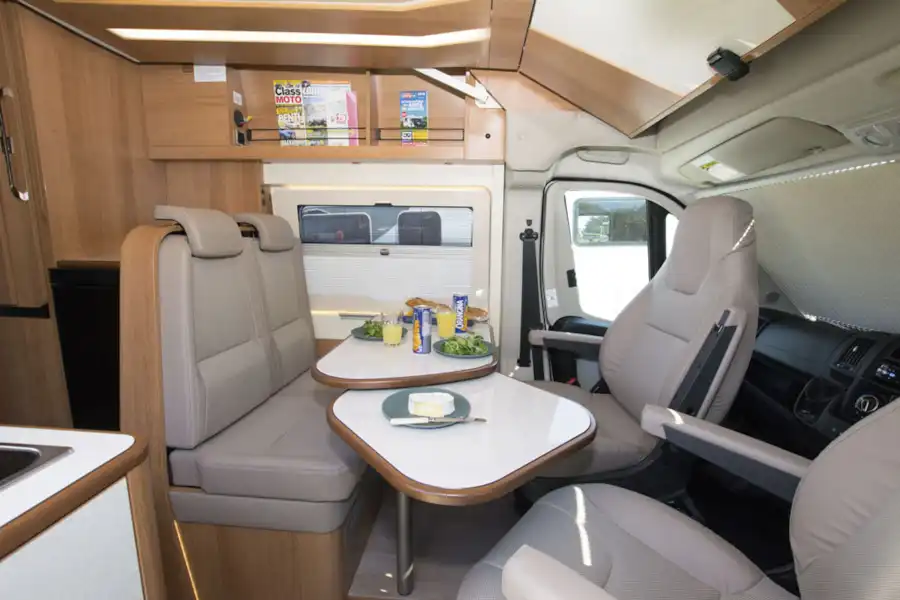
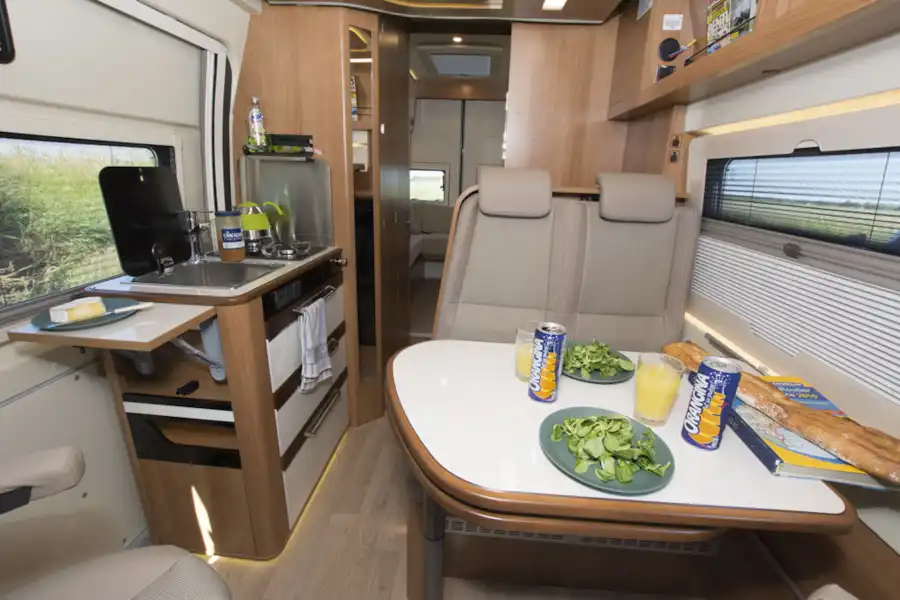
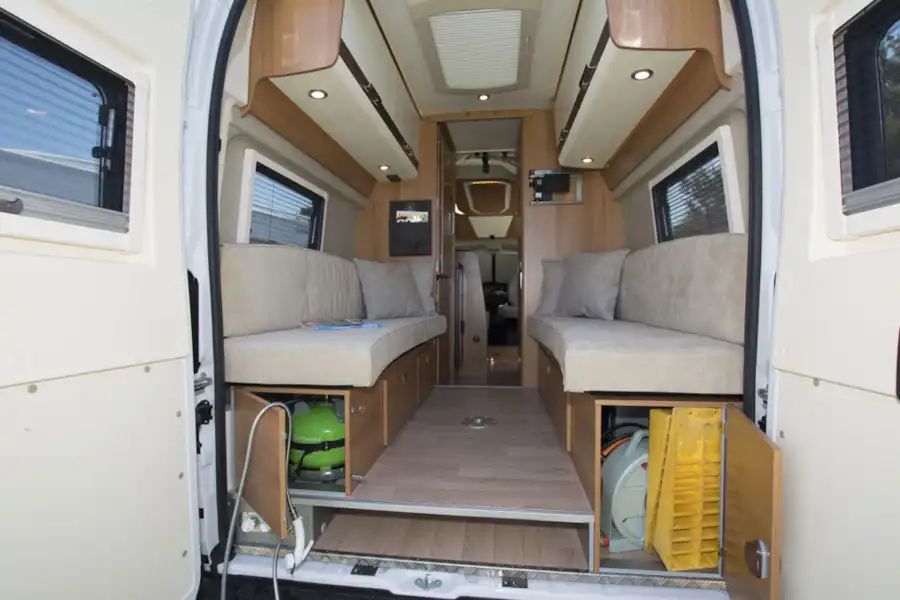
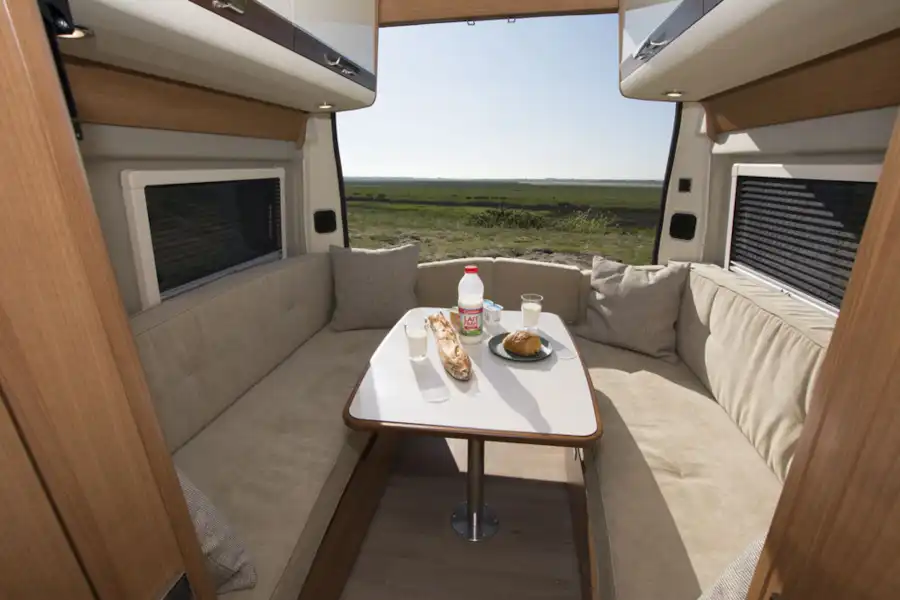

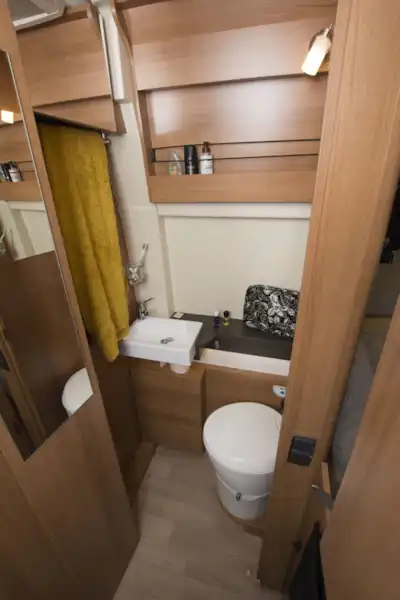










.jpg)







